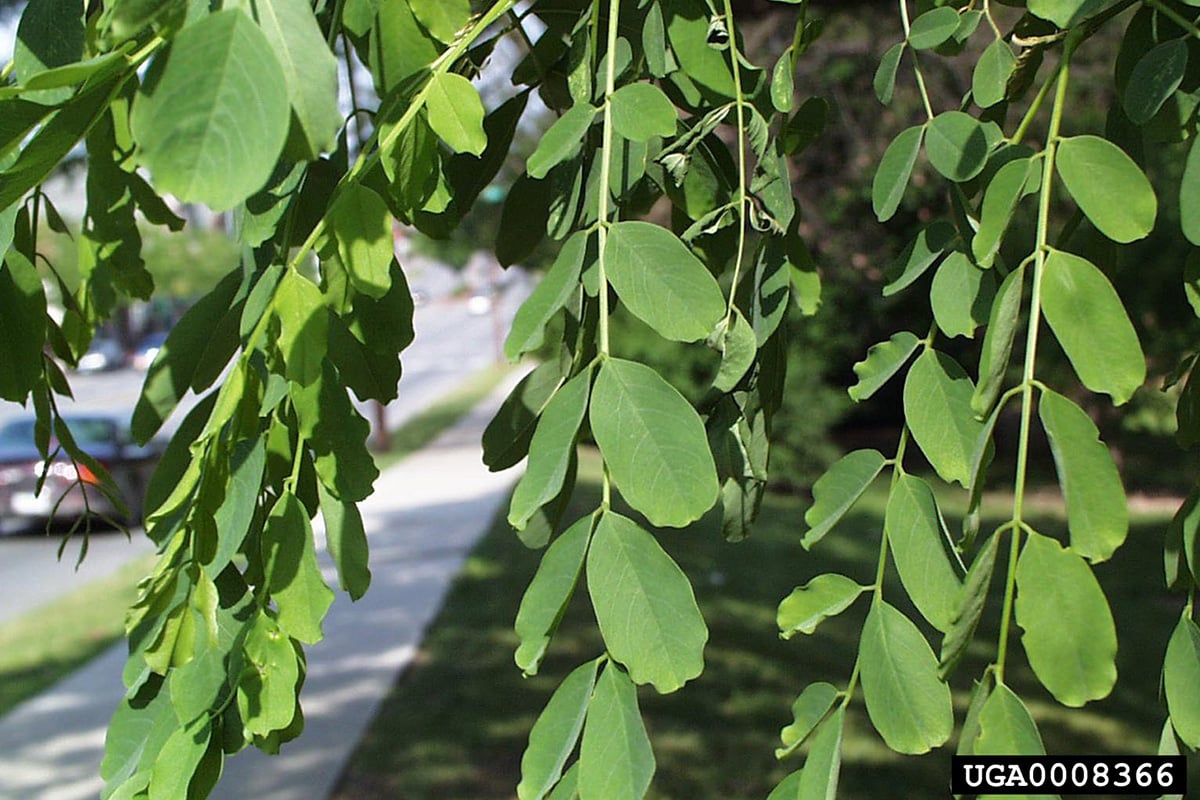Invasive Plants in Massachusetts
Black Locust
About Black Locust
A deciduous tree, black locust (Robinia pseudoacacia) was brought here from the Appalachian and Ozark Mountains for erosion control and durable wood. It has white flowers and compound leaves, and the saplings and smaller branches of mature trees have thorns. It can grow up to 100 feet high.
The Problem
It invades fields, grasslands, and open woodlands. It can increase soil nitrogen levels, which threatens native plants that are adapted to nitrogen-poor soils.
The Solution
Cutting alone is generally not effective at controlling this plant, because of prolific stump sprouting and root suckering (when trees sprout from an existing tree’s roots). Systemic herbicides can be effective when applied to the freshly cut stumps, but you may need to monitor and re-treat in subsequent years. Always read and follow the directions on the label when using herbicide. In fields, regular mowing can control root suckers.
Pictures of Black Locust
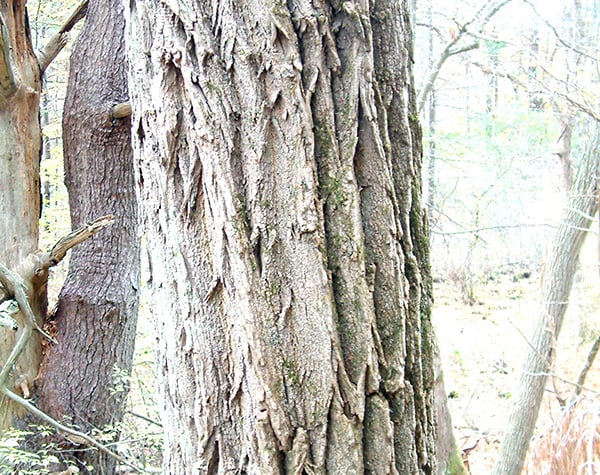
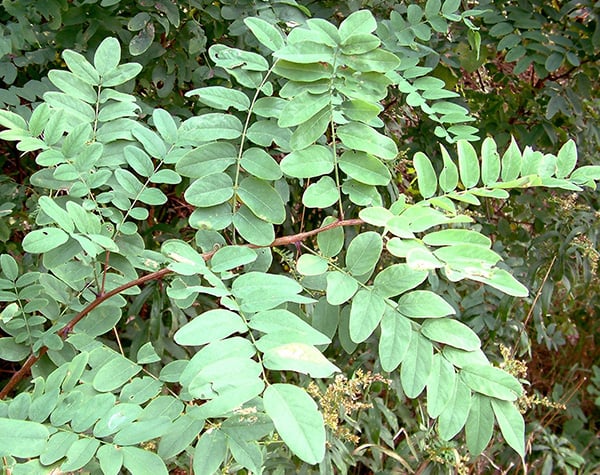
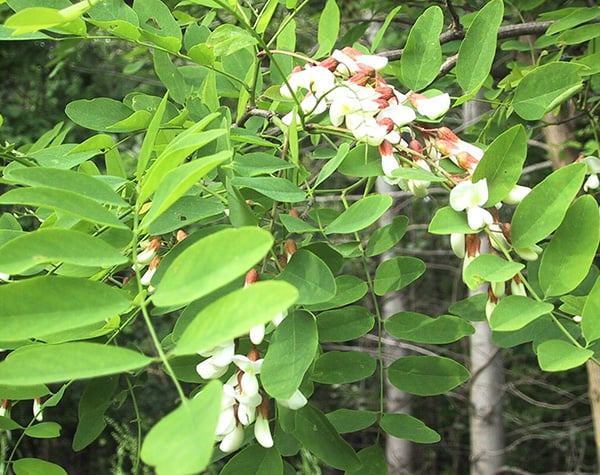
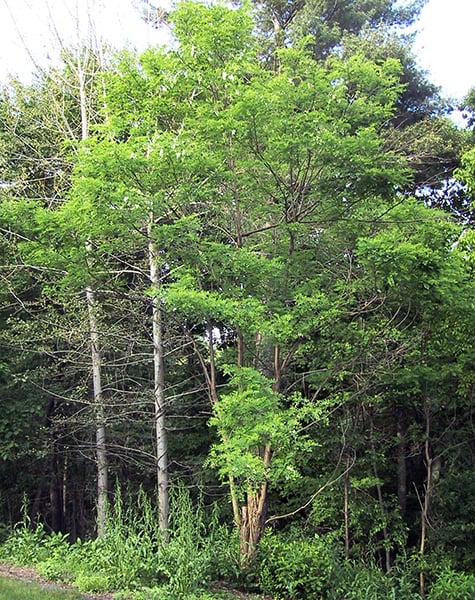
Stay Connected
Don't miss a beat on all the ways you can get outdoors, celebrate nature, and get involved.



